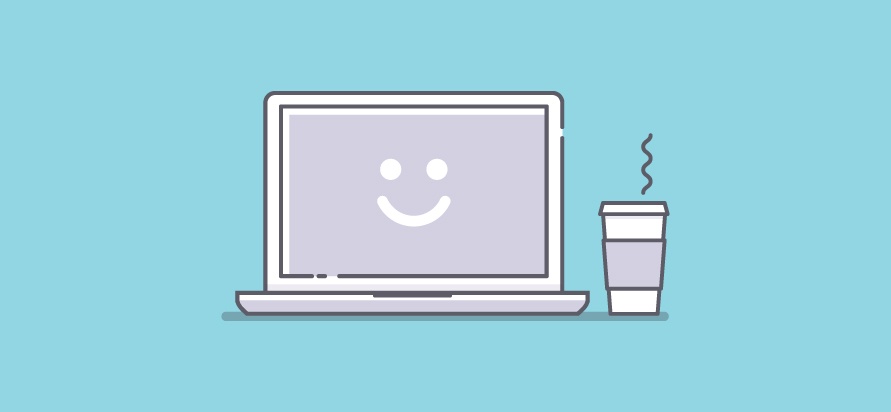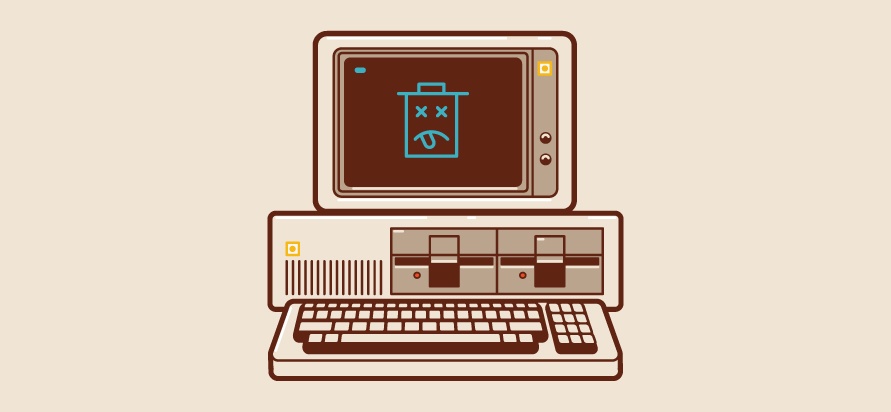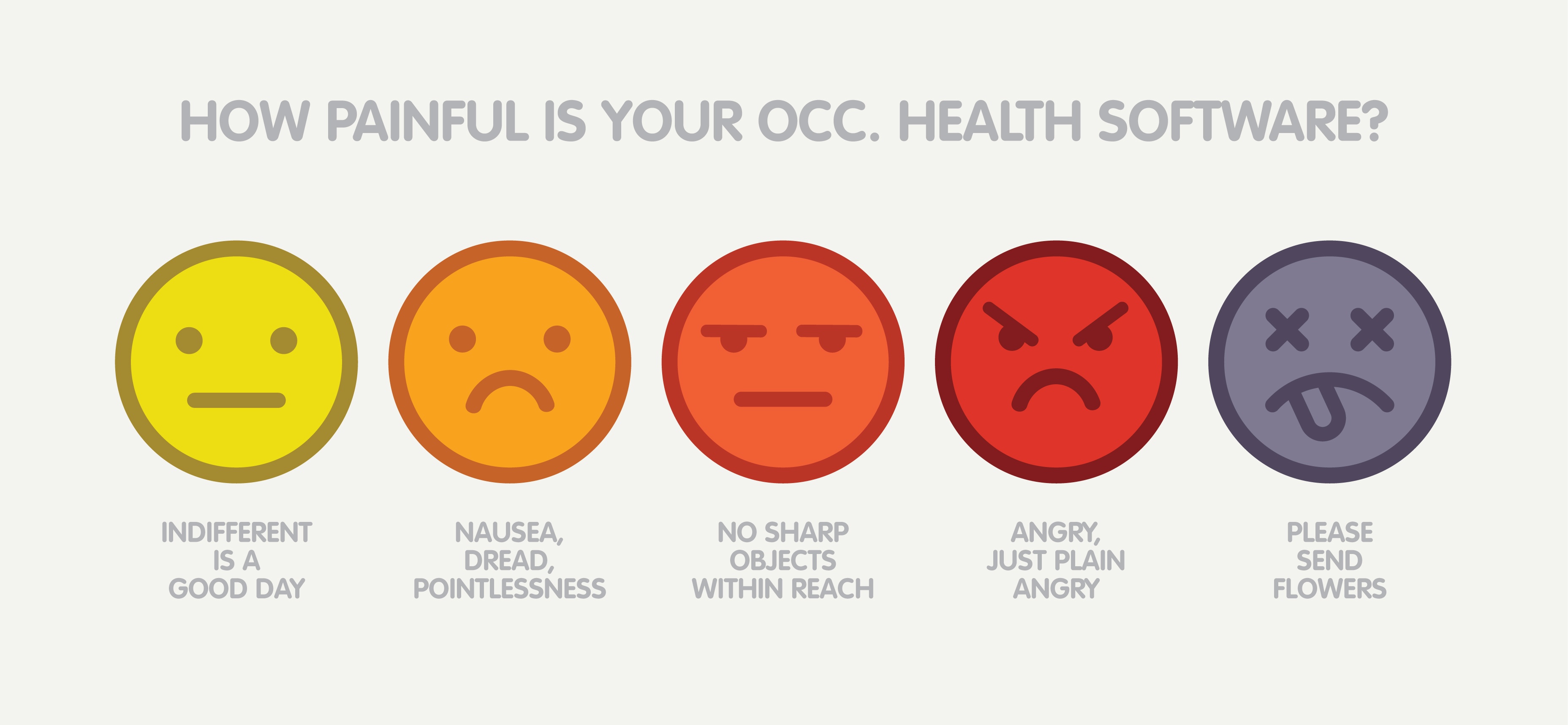Five ways to maximize your employee health software demo experience
By Enterprise Health on Jun 1, 2017 12:55:20 PM

You’ve compiled your checklist. Done your homework. Thoroughly investigated the handful of occupational health IT solutions out there. But websites and “let me tell you about us” only goes so far. You need a demo. And you’ll get one. But not your demo, their demo — their dojo. Sure, everyone will make an attempt to craft a demo experience around you. But, let’s face it, what you’ll see and hear is exactly what they’ll want you to see and hear. You know, their “good side”.
So how should you approach an occupational health solution demo? How do you compare apples-to-prickly pears (it’s rarely apples-to-apples)? How do you look past the “cool factor” and peer deep into the “this is what I’m gonna look like once we get comfortable with each other” eyes of an occ. health solution?
Here’s a few things we’ve observed over years of giving demos that will help you get the most out of viewing them.
1) Don’t start with a demo
What? Seems like odd advice for a blog about demos — right? Well, maybe. But here’s the rub — in order to understand what you’re about to see, you need to understand what you’re about to see. So, before you start juggling calendars, follow the queen mother of all good advice — be prepared:
- Talk to colleagues. Until Yelp! covers occ. health software, peers are your best bet for first-hand information. Find out what they like/don’t like about their solution — you’re probably about to see a demo on it.
- Document your pain points. Capture what’s not working so you can be keenly aware of how the software you’re about to see might address your needs.
- Create a wish list. Requirements are important, but so is thinking big. Think about where you want to go, versus just fixing problems. Compile your must have, nice to have, and “wow it would be amazing if we could actually have” list of features and functionality.
Your situation is complex, and the occ. health IT solution you’ll eventually purchase should be capable of dealing with that complexity. You’ll only get out of a demo what you put into it.
2) Preparation is a two-way street (as are demos)
Assuming a path akin to point number one is followed, you and your colleagues are now gathered at a conference room table eager and well-prepared. Can the vendor say the same thing? Do they know you? Have they done their research?
It goes without saying you’re going to see all of the good and none of the bad. Of course you will. But you’re not just making a purchase. You’re embarking on a partnership. This decision has global implications (or it should) — so don’t sit there as a passive viewer, be an active participant.
Tell them what you want to see — and don’t be generic (Remember those pain points? That wish list?) Ask true workflow questions. Ask about detailed system capabilities. Throw ‘em a curve ball. We’re not advocating for audience anarchy here, but it’s OK to ask and observe. Frankly, it’s imperative.
If a product can’t deliver in a demo, it won’t when it’s live. If hard questions cause fumbling and bumbling, the red flags should by flying. A demo reveals much more than what’s on screen.
3) Prepare your audience
Assembling and preparing the right group of people from your organization makes for a streamlined and informed demo experience. A few things we have learned along the way:
- Identify the correct players. Invariably, after we demo the Enterprise Health solution we hear “we should have invited Bill from risk management and Susan from safety.” Make sure you invite a cross-functional team that represents various departments, geographies and job functions.
- Sing from the same song sheet. Make sure the people sitting at your table understand what you're looking for as you evaluate vendors and attend product demos. Aligned agendas make for more effective demonstrations.
- Expect and plan for multiple demos. While one and done would be nice, it’s not realistic. A detailed look under the hood of a feature-rich occupational health IT solution cannot be accomplished in 90 minutes, and members of your team will probably want to probe into the capabilities that impact their individual workflows.
4) Is what you see what you get?
Small point, but confirm you’re seeing a production system and not a “this is the next, not yet fully-baked version we’re working on that‘s coming soon.” Is sandbox access available to the same system used in the demo so you can test drive the solution you just saw in action?
Look past the smoke and mirrors and flashy graphics to make sure the underlying system is right for your organization.
5) Watch a demo before you watch “the” demo
While there is no substitute for the interaction that occurs during a live demo, investing 15 or 20 minutes watching recorded demos in advance can prepare you for the real thing. Most occupational health software vendors can give you access to videos of the bread and butter programs that are important to most employee health clinics — medical surveillance, documenting worksite injuries and illnesses and managing clinical care. Before you — and your colleagues — invest hours, take a few minutes to watch the highlight reel. What you see will help you avoid wasted time and ensure you are fully prepared for the real deal demo.
You May Also Like
These Related Stories

What the right occupational health IT solution can (and should) do for you

Five things to consider when replacing an occupational health IT solution
